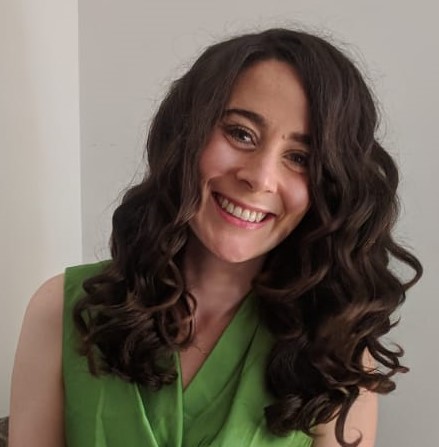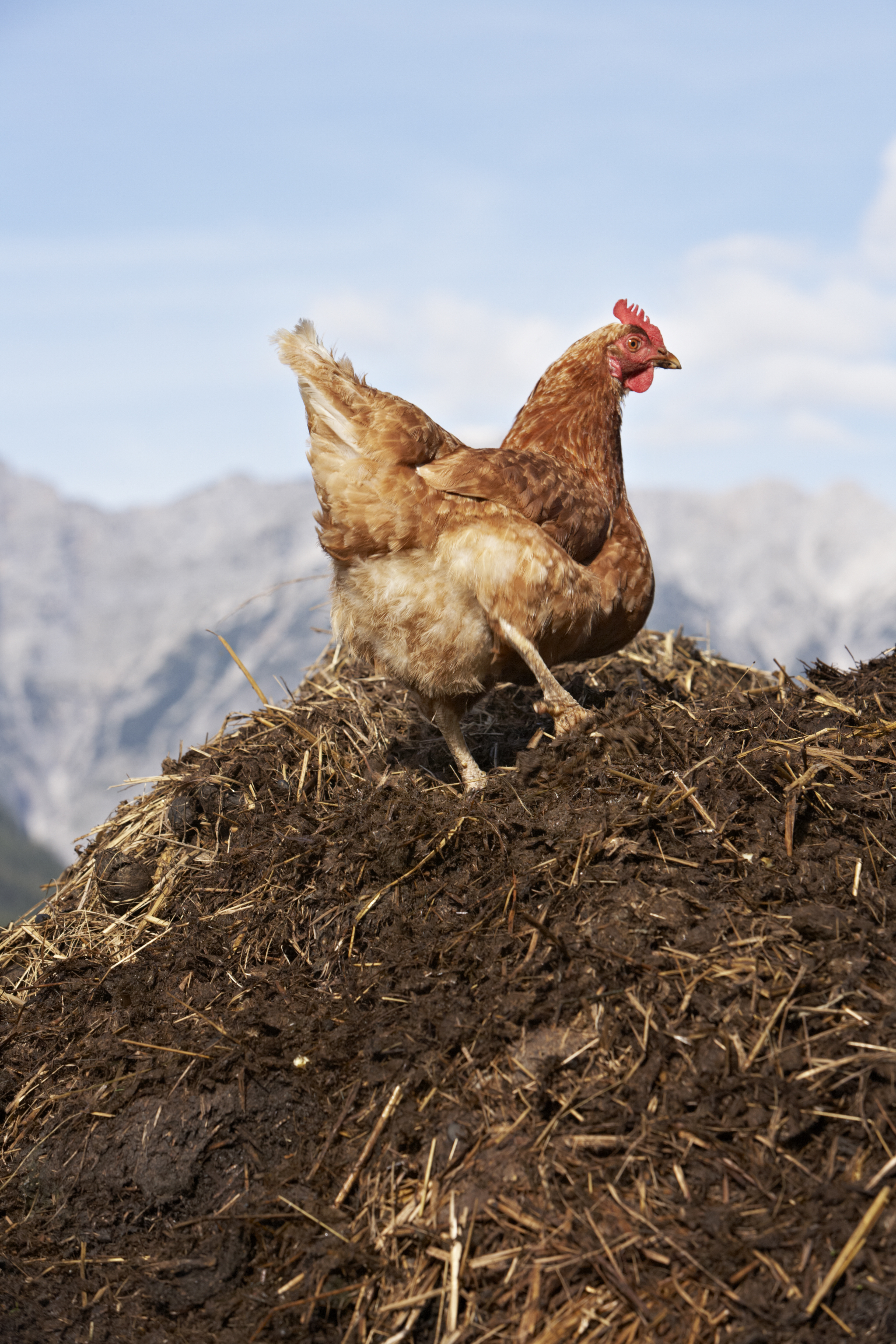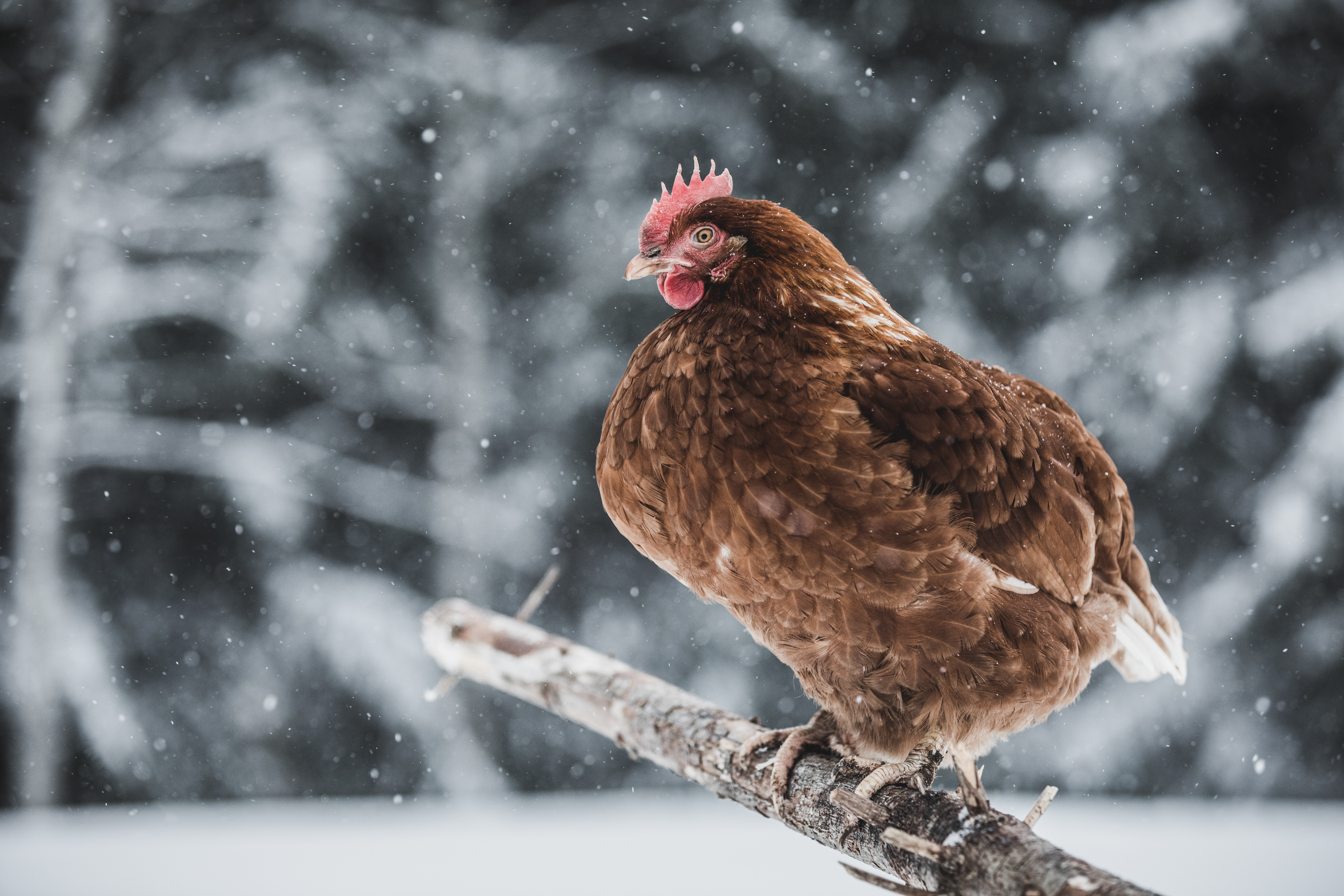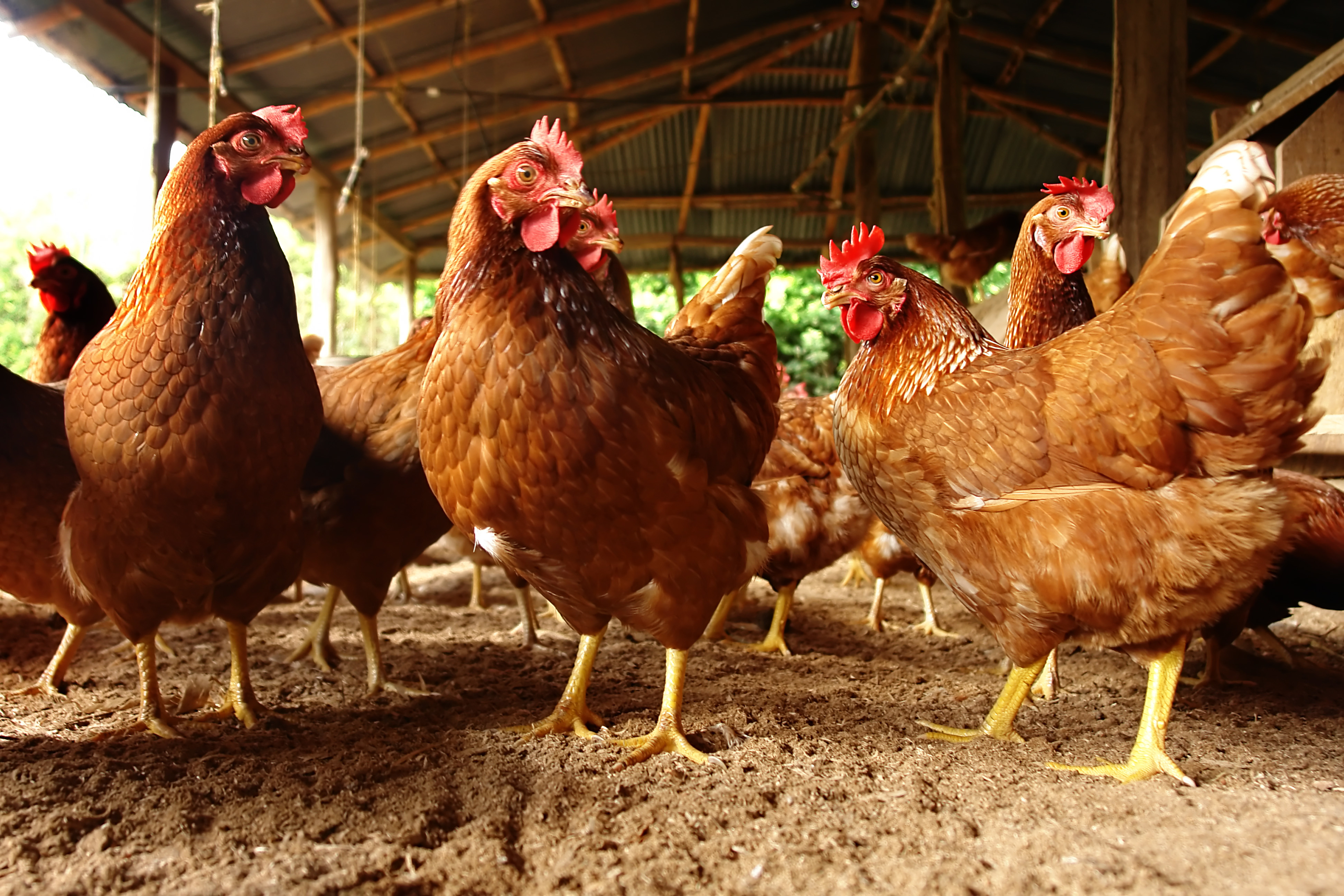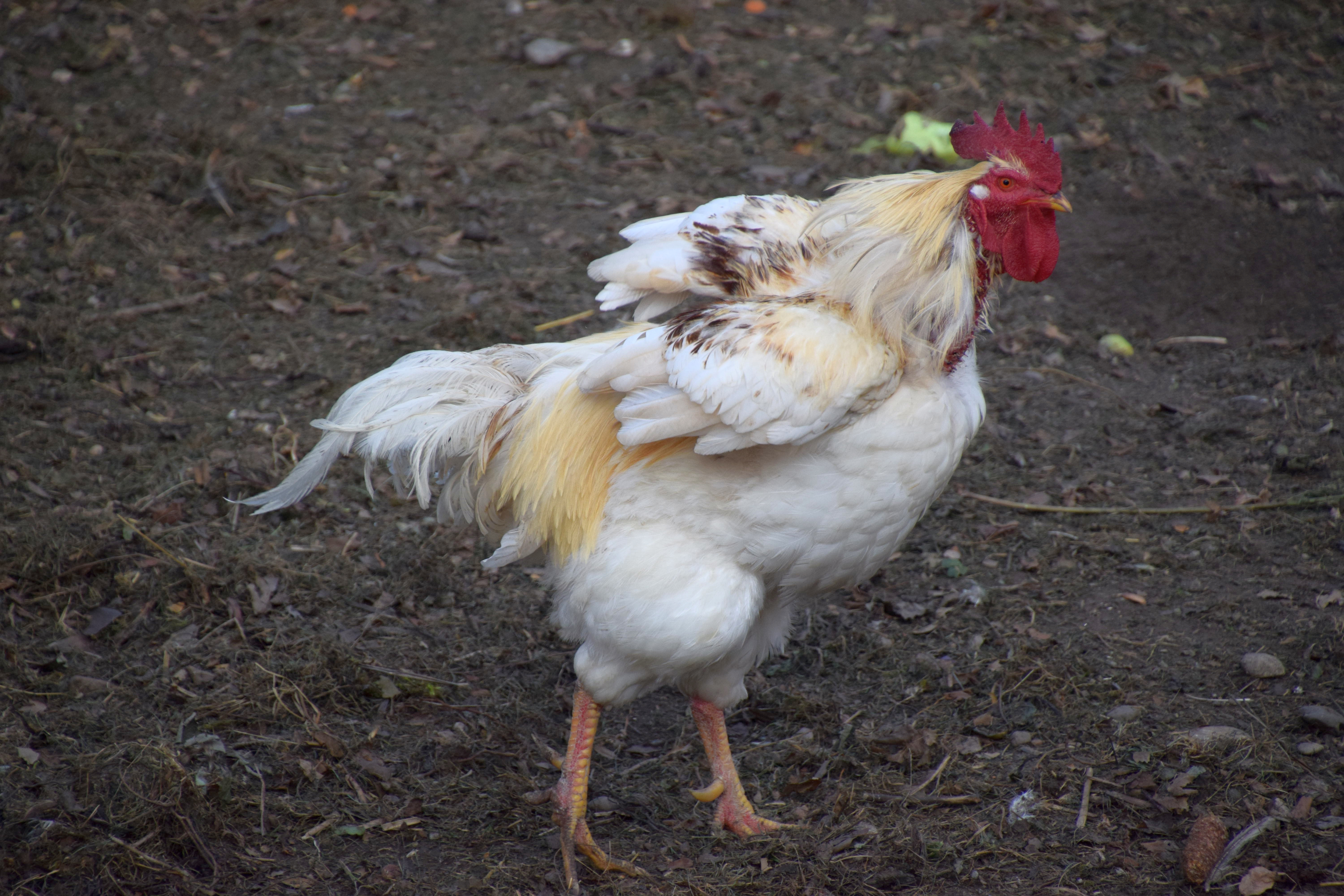



The Chicken Whisperer: a short guide to backyard breeding
In this podcast, Andy Schneider discusses the basics of poultry breeding and how to build strong backyard flocks with Rip Stalvey, head of the American Poultry Association.Part of Series:
< Previous Article in Series Next Article in Series >
For many backyard poultry keepers, starting a breeding programme can improve the overall quality of their flock and bring in an additional source of income. However, breeding poultry is more complex than it initially appears. For this podcast, Chicken Whisperer Andy Schneider sits down with Rip Stalvey from the American Poultry Association (APA) to delve into how keepers should select breeding candidates and avoid common pitfalls.
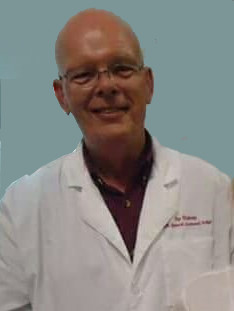
Before starting
In order to produce high-quality birds, backyard keepers should start their breeding plans and select candidates in the autumn. This allows producers to evaluate the individuals in their flock and identify the strongest birds.
Stalvey also tells listeners to read up on the APA breed standards. This will help backyard keepers produce high-performance poultry and will let you know what traits to look out for and enhance with your pairings.
Some rules of thumb
The general rule for breeding is to select two candidate birds that have the traits you’re looking for. If you have two strong birds, their pairing will produce strong or above-average chicks. From there, monitor the chicks during grow out to make sure they don’t exhibit any defects. Once they reach breeding age, pairing those chicks with other strong birds will enhance the traits you’re looking for. Over time, the birds in your flock will start to become more uniform and look alike.

One of the most important aspects of successful poultry breeding is having a culling technique. According to Stalvey, it’s more about what you remove from your breeding stock than what you seek out. Breeders should be removing bad genes from their flocks and intensifying good traits in their birds. Stalvey tells listeners to familiarise themselves with the standards for the breed and make corrections if they identify traits that aren’t useful. If backyard breeders are trying to produce high-performance poultry, they need to be selective about the individuals in their breeding plan.
Once a year, keepers should evaluate the birds to see which ones are best suited for breeding. Keeping backyard birds can be expensive and time consuming – Stalvey tells listeners not to invest in sub-standard birds.
Stalvey’s tips
When asked about his own experiences with breeding, Stalvey tells listeners that cultivating a good flock is time-consuming and requires a lot of work. He did, however, have some advice for breeders who are starting out.
To intensify good traits, Stalvey selects the top male candidate from his flock, and then looks through the females to find one or two individuals that offset the rooster’s poor qualities and enhance his good ones. From there, he monitors the offspring to see who should be removed from future breeding and who can raise the flock’s overall standards. Stalvey will repeat his breeding pairs if they are very strong candidates and produce high-quality chicks.
Stalvey recommends tracking birds’ ancestry, progeny and siblings. If the individuals are all above average or close to their breed standards, then poultry keepers are on the right track to developing a high-quality backyard flock.
Things to avoid
“Never breed two birds with the same fault,” Stalvey says. This will only make the trait more pronounced in the chicks and lead to poorer results overall. Stalvey also warns listeners that breeding two birds with extreme but opposing qualities will not produce “normal offspring”. For example, breeding an overweight bird with an underweight hen will not produce normal-weight chicks. It will produce multiple underweight and overweight chickens.
In Stalvey’s view, breeders should put an emphasis on the birds’ vigour. He urges listeners to use chickens who, “hustle around” as breeding candidates – don’t breed mediocre birds.
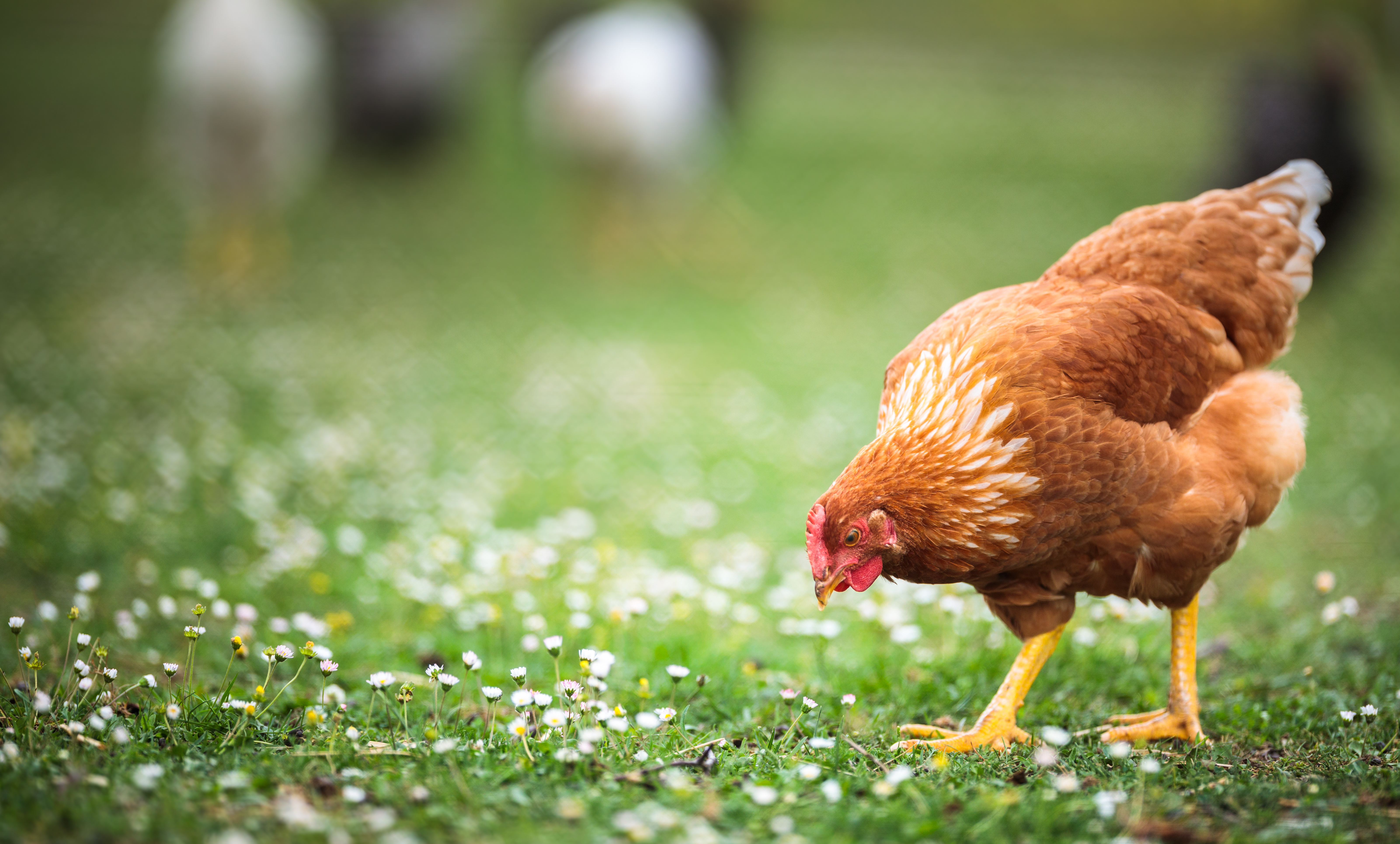
Both Stalvey and Schneider agree that if one of your birds has been sick in the previous year, it shouldn’t be a breeding candidate. In a similar vein, Schneider tells poultry keepers to avoid over-medicating their birds if they want to breed them.
In his experience, backyard keepers and poultry fanciers tend to give their birds antibiotics or other treatments if they exhibit any symptoms. He urges listeners to make sure that the birds are actually sick before medicating them. Symptoms like coughing, sneezing or dropped feathers can often be attributed to dust in the air, or the birds’ natural moulting process.
If owners are concerned about their birds’ health, Schneider recommends seeking the advice of a vet before administering medications.
Remember the 10 percent rule
In Stalvey’s experience, for every 10 birds produced, only 1 is worth keeping. For every 100 birds, 10 will be good breeding stock. For every 1,000 birds, Stalvey says that 100 will be decent, and 1 will be an, “absolute knock-out bird”.
If backyard keepers have been breeding poultry for a year or so but have lacklustre results, Stalvey urges listeners to keep this rule in mind. Building an outstanding backyard flock takes time and rarely happens with a “one and done” approach. It’s a circular operation – not a linear one.
However, he did emphasise that success in breeding doesn’t rely on a huge budget. It’s better that backyard keepers learn to apply their breeding skills and knowledge to their operations.
“Anybody can buy a good bird, not everybody can breed, produce or grow out a good bird,” Stalvey says. “It’s part science, it’s part art and you have to love it.”







